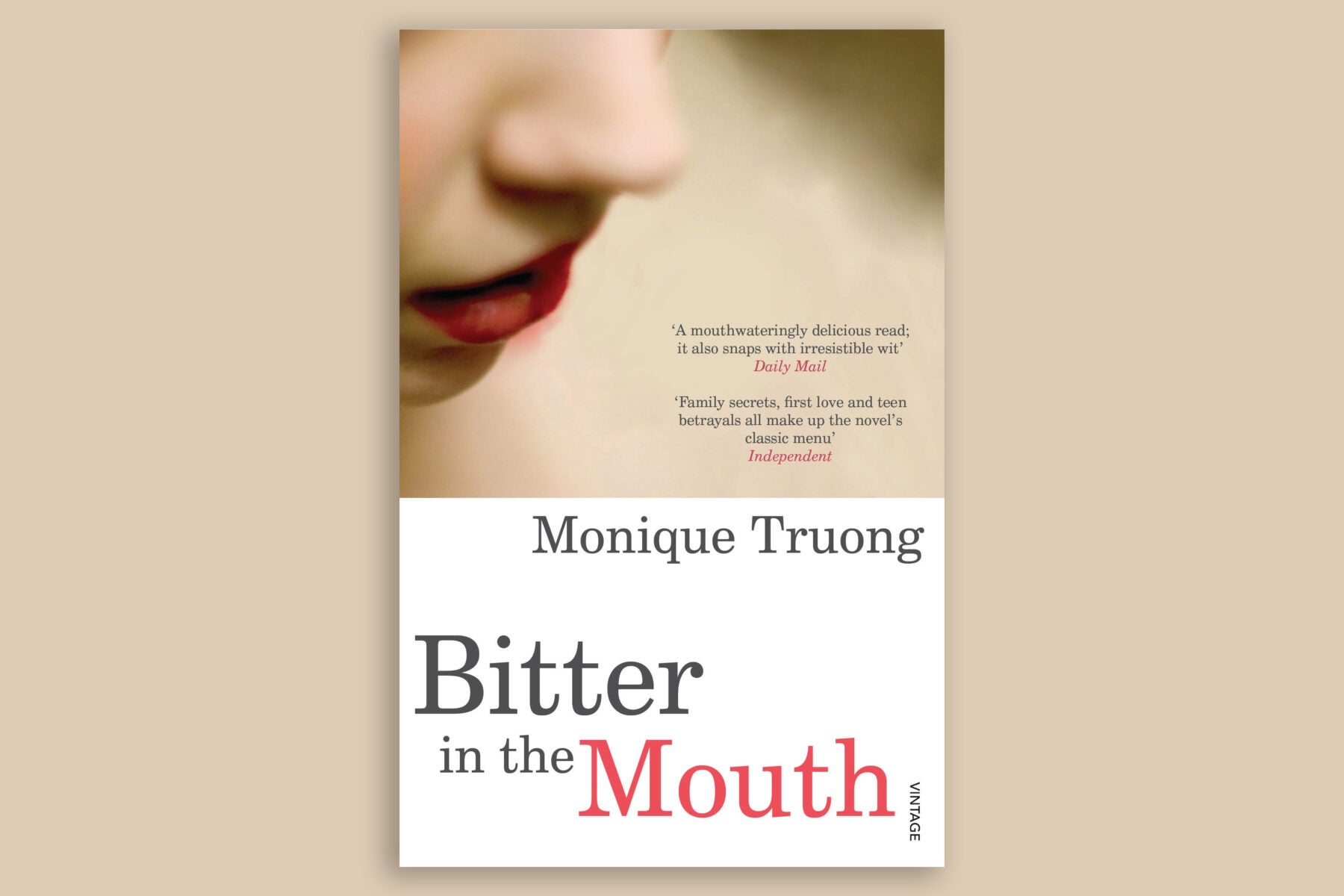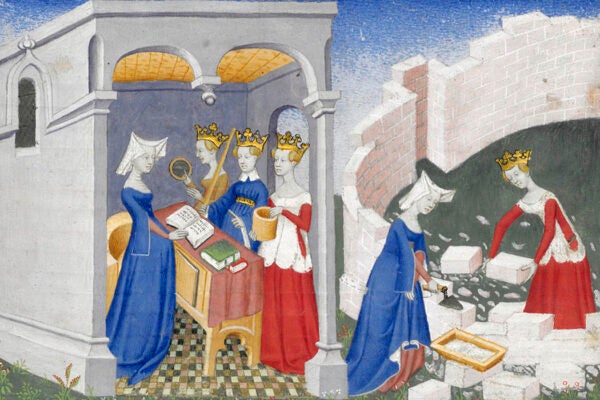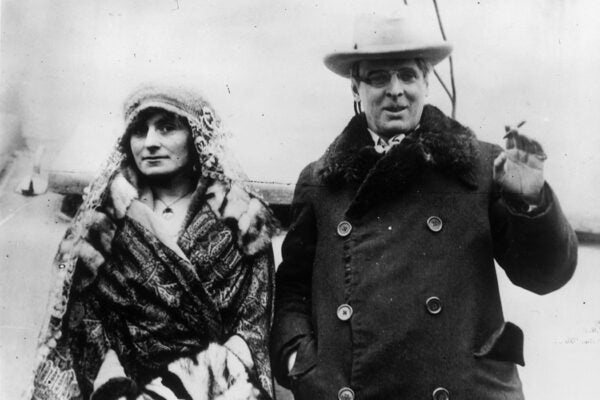“I like to say that I am a Southern girl, twice over,” author Monique Truong tells an interviewer. “South Vietnam and the American South,” she clarifies. “It’s, of course, only the former that defines me in most people’s eyes.”
After her debut novel, The Book of Salt, Truong returns to her hometown of Boiling Springs, North Carolina, for her second book, Bitter in the Mouth. In it, the writer from two Souths presents a dark tale that “[o]ffer[s] new connections among regional and ethnic American literary histories, a queer global and US South, and what I call the regional forms of Asian America,” according to literature scholar Denise Cruz.
Bitter in the Mouth, published in 2010, tells the story of Linda Hammerick, who grows up in Boiling Springs isolated by auditory-gustatory synesthesia—a neurological condition where she experiences spoken words as uncontrollable tastes. Midway through the book, Truong also reveals (spoiler alert!) that Linda is a transracial Vietnamese adoptee, raised by family friends after her biological parents died under mysterious circumstances.
Observes Cruz, “Bitter in the Mouth revises links between American literary histories and racial imaginaries, especially the textual construction of otherness to call attention to sight (visible difference) and sound (how this difference is evoked in representations of speech).”
Replete with references to Harper Lee’s To Kill a Mockingbird, the novel is framed by Truong’s engagement with the genre of the Southern Gothic. After all, Linda’s race, disability, and experience of sexual trauma are in line with “the South’s fascination with the ‘freak’” and “characters deemed grotesque” in this literary tradition, as Justin Mellette points out in an article in Southern Cultures.
And, “[l]ike many works in the Southern Gothic tradition, Bitter in the Mouth is constructed around a mystery,” scholar Alaina Kaus elaborates. “In this case, the novel deliberately withholds the narrator’s race.… The novel revels in its own mysteries, and readers are fully conscious of their incomplete understanding of the narrator and her past.”
Kaus adds that “[t]he enduring presence of the past, a common thread in Southern Gothic literature, takes an expansive turn in Truong’s novel” and points the reader toward the colonialist and imperialist role of the United States in the history of another South: the Global South.
Cruz similarly highlights another literary allusion, in a scene where an adult Linda and her adoptive uncle vandalize the grave of the neighbor who raped her when she was just eleven years old.
“They find a pale, moonlit headstone, inscribed with ‘Beloved,’” recounts Cruz, who interprets this as a callback to Toni Morrison’s novel of the same name. “In a revision of the trauma experienced by both Linda and Morrison’s [protagonist] Sethe,” writes Cruz,
Truong has her characters paint over the inscription with the word Rapist in peony red paint. This act of reinscription makes glaringly visible the unacknowledged ties between the US South and global South, the lingering traumas of sexual violence in US domination, and how the repercussions of this violence have been forgotten or remain unquestioned.
Even Linda’s synesthesia reflects Truong’s interest in addressing historical connections, Cruz notes.
“The registry of tastes in Bitter in the Mouth initially reads like a Southern shopping list,” she observes, “molasses, boiled shrimp, salted butter, canned peaches, mint, instant vanilla pudding, Nilla Wafers, Nestea, dates, fruitcake, collard greens, and Ritz crackers.”
Linda’s confused experience of words as tastes “confounds links to her Asian racial identity,” since it indexes the flavors of not just Southern but also Black American soul food. Through “alternative sensory experiences,” Truong uses taste to depict the South as a space “that extends beyond the more prominent black-white binary of race in the US South while defying visual rubrics as the primary way in which we define racial and ethnic difference,” Cruz writes.
Weekly Newsletter
In fact, today’s scholarship now understands the South as “a region claimed by inhabitants who are not only black and white, but also [I]ndigenous peoples, queer communities, southeast Asians, Latinos, and established and emergent migrant populations,” Cruz writes.
In that vein, American studies scholar Frank Cha weighs the educational potential of works like Bitter in the Mouth, which he notes “challenge traditional notions of regional and ethnic literature.” As he writes,
Courses like my “Southern Migration Narratives” (which I taught at William and Mary) and Jennifer Ho’s “The Place of Asian Americans in the US South” reexamine spatial relationships, encouraging students to traverse new territories to not only unearth and recover obscured and lost narratives of Asian American, Asian Canadian, and southern experiences, but also to forge new relationships that foster dialogue on how we put these ideas into practice in the classroom.
With Bitter in the Mouth, “Truong helps to expand our understanding of what it means to present ‘the South’ in contemporary literature,” suggests Mellette. “Whose South is it? Who gets to claim it? Whose (hi)story is told?”







